Yayoi Kusama – Tate Modern
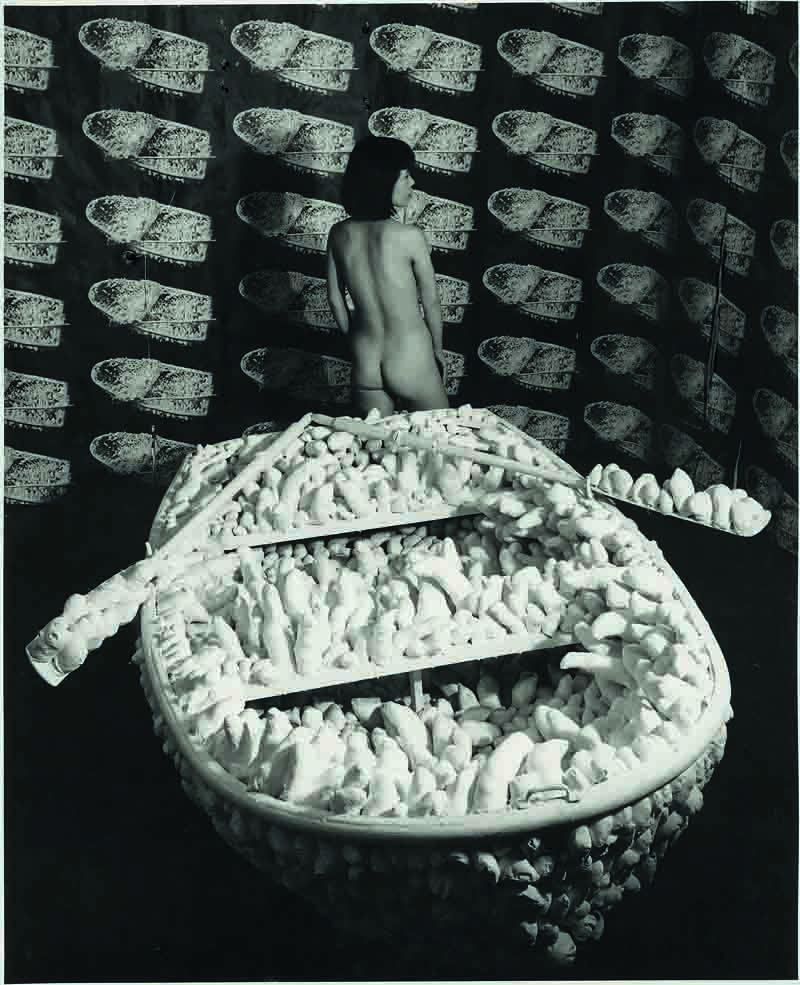
On 22nd March 2012, the Japanese born artist Yayoi Kusama will be 83. The current exhibition at the Tate Modern draws on her lifelong commitment to contemporary art, from achieving international success in her early twenties in the thriving New York art scene, to her recent fits of productivity as a voluntary in-patient in a psychiatric hospital in Tokyo.
Renowned today for her immersive mirror installations and flower sculptures the size of two-storey buildings, the Tate takes a moment to reflect on her early work, her upbringing in rural Japan and her life-long battle with mental illness.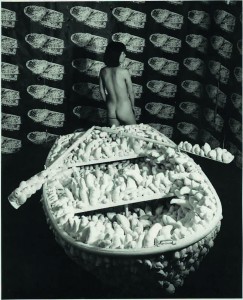
While Kusama is arguably one of the most relevant artists around at the moment, she is also the most fascinating. She has largely managed to resist any easy categorisation within serious academic assessment over the last fifty years. As a female, Asian artist – essentially a “double outsider” – art history academics have so far refrained from confining her to any particular module, be it “Feminist Critique” or “Identity Politics”. Yet there has always been an additional quality to her works – energy, passion, and a compulsion to create – that propels them beyond complying with a neat interpretation.
It becomes instantly apparent that those expecting to see a spectacular array of colourful sculptures and installations will find the first half of the exhibition underwhelming. I advise everyone to give it a chance. As small, unobtrusive paper works and white textured canvases decorate the Tate’s pristine walls, it doesn’t take long to recognise the exceptional draughtsmanship that propelled Kusama to early worldwide acclaim.
Interestingly, we see how, at such an embryonic stage, she was hugely influenced by prevailing art movements – Surrealism, Minimalism and Abstract Expressionism. Concurrent to this, however, she maintains distinctive individuality. For example, the expansive and resolved compositions which comprise the “Infinity Net Paintings” strike a chord with the creations of the Minimalist artist Frank Stella. At the same time, there are hints of the obsessive repetition of form in works we’ve seen produced by psychiatric patients.
Later works undoubtedly appeal to visitors with an inclination for all things spectacular. In her “Accumulation Sculptures”, she covers a series of everyday objects – a ladder, a chair, a suitcase – with a proliferation of white phallic forms. We can see this artistic sensibility again in her piece entitled The Clouds where she fills a room with one hundred giant stuffed white cushions. While academics have discussed the sexual implications in these works, the use of repetition harks back to earlier phases of her career.
It could be argued that the final piece, aptly named Infinity Mirrored Room – Filled with the Brilliance of Life, is what many visitors have come to see. Filled, from floor to ceiling, with hundreds of minute multi-coloured light bulbs, the experience of walking down a tiny central pathway, concurrent to seeing your own image reflected from all directions, can be overwhelming.
Connie Viney
Yayoi Kusama is at Tate Modern until 5th June 2012.



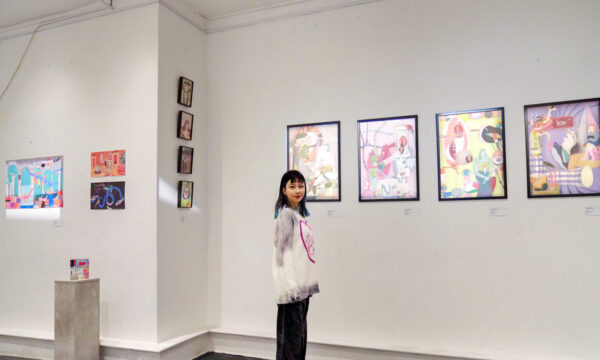
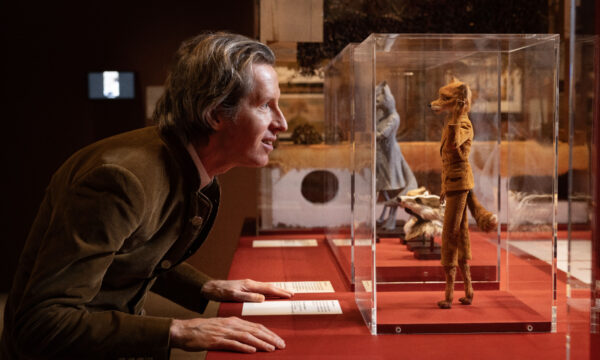
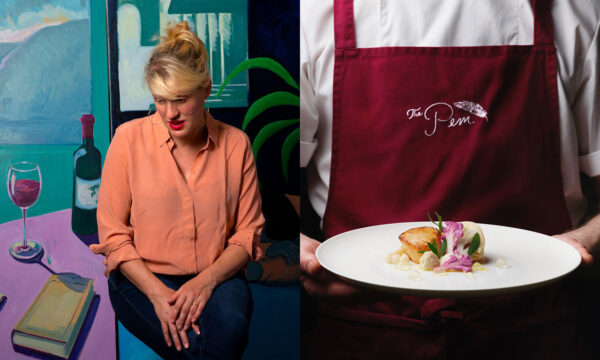
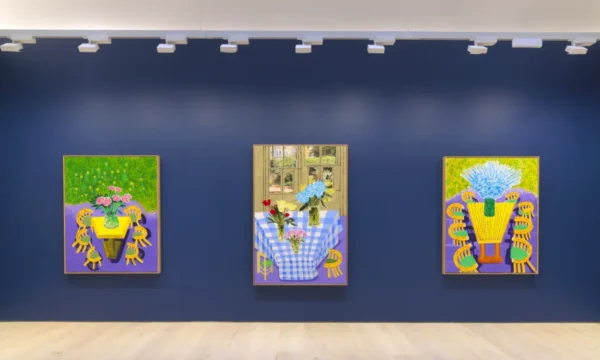
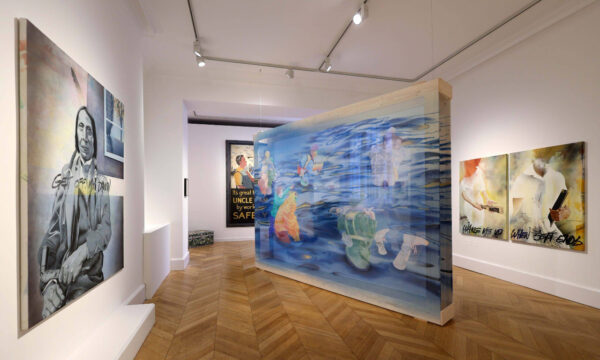
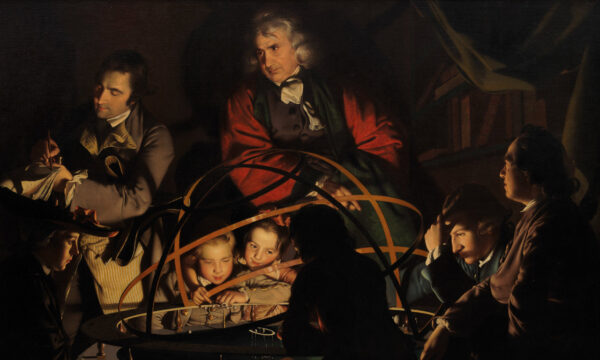
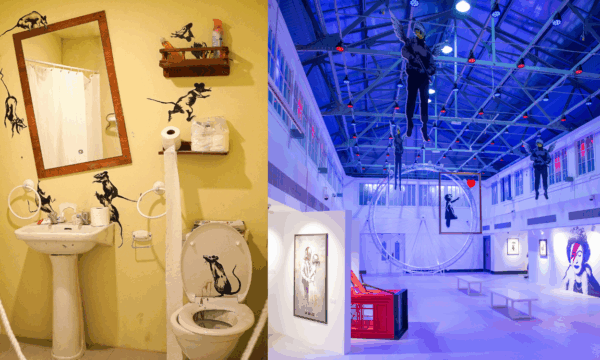







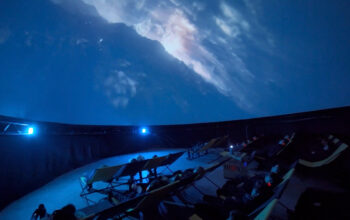







Facebook
Twitter
Instagram
YouTube
RSS